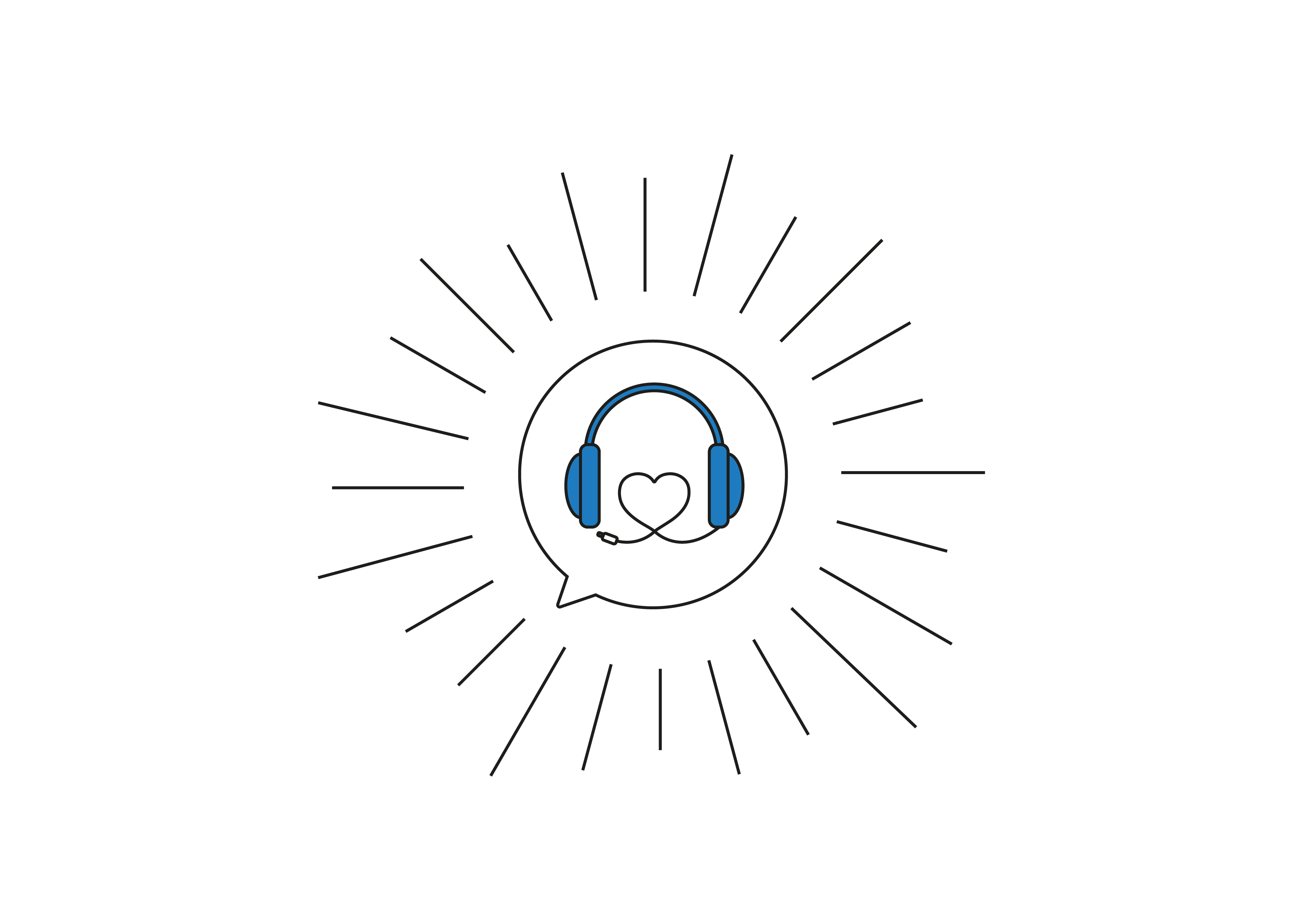
Solutions
Solve your most critical customer experience challenges

Marketing Manager - France
When setting up a customer listening and satisfaction measurement project, many questions may cross your mind: Is this a process that only applies to operational teams? Who should be involved? Should you take an omnichannel approach to this project? How should you document your specifications for the purpose of contracting a service provider?
At Critizr, we are committed to saving you time. So we want to help you draft the specifications for your future customer listening and satisfaction measurement project. To that end, we have created a specifications template for you. Fill out the guide to make sure that nothing gets forgotten in your request for proposals. You will also find advice from our experts to help guide you through the process. To take advantage of the groundwork they have prepared for you, go to the end of the article and download the template!
In addition to the guide to help you get the project going, here are three tips to make sure your customer listening initiative is a success:
Embarking on a specifications template for a customer listening and satisfaction measurement project can be a daunting prospect. You may be concerned that it will be very time-consuming or complex.
You want to collect feedback from your customers, that's a fact. But what are your company’s strategic goals? And what are the operational objectives of the initiative? What do you expect to get out of this project? What are the key moments in the buying process where you wish to gauge your customers’ experience?
We emphasise the importance of prioritising your objectives when you are drafting your specifications. Indeed, this is probably the most important thing to do before you set about a customer listening project! Each approach is unique and depends on the various issues involved, which are likely to change over time. We suggest ranking the five objectives below in the order of priority, based on which ones seem most pertinent to your business:
In addition to helping you better anticipate your own needs, setting out these priorities in the specifications template will allow your service provider to better understand your case and propose a suitable response!
DOWNLOAD THE SPECIFICATIONS TEMPLATE: Customer listening and satisfaction measurement project
Few would dispute the value of listening to your customers to improve their experience or increase your net promoter score. These concerns are probably shared by all your employees, from headquarters to the teams on the ground. Since you probably don’t have time to talk to each and every stakeholder in your company, our advice is to seek out those individuals best placed to offer you support in complementary ways. For example, at Critizr, we have often found that getting the network involved from the framing phase leads to better adoption of the solution across the whole team.
While it is good to be the project initiator, don't forget that a customer listening and satisfaction measurement project involves all the company’s departments and relies on collaboration. The key to a successful customer listening project is getting the operational and strategic teams involved — all the way from defining your needs to putting the project into action.
In the specifications template (you will find a link to download it at the end of this article), you will discover how to easily identify your key contacts, their requirements, and their objectives. This will help you foster positive engagement in the future.
DOWNLOAD THE SPECIFICATIONS TEMPLATE: Customer listening and satisfaction measurement project
Identifying a top-priority listening channel is a good start. But these days it is important to think about all the omnichannel aspects of your customers' journey. You can do this by identifying all the points along that journey that shape their overall experience. The boundaries between the physical and digital worlds are gradually fading away, and your customers' journey has grown far more wide-ranging and cross-medium. Customers use their smartphones in stores to compare prices, they place their orders online, they switch between click-and-collect and conventional home delivery, and so on.
If your customers are used to an omnichannel buying process, your strategy must reflect that. To that end, think about increasing your customer listening and feedback collection channels at various points throughout the experience:
In addition to customer listening, which can be solicited or spontaneous, you should think about setting up collection channels within your brand’s universe, such as on third-party sites, e.g. Google My Business!
Ready to start setting up a customer listening project? Here are the three guidelines to bear in mind:
Hear about our upcoming events and read the latest success stories from our clients.
